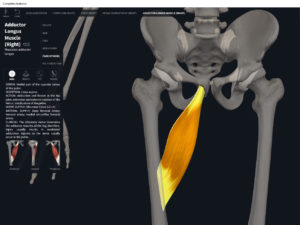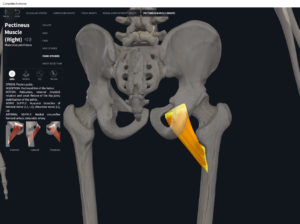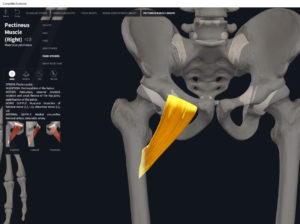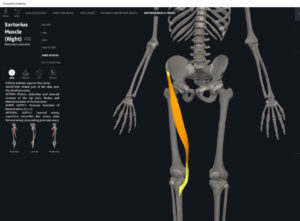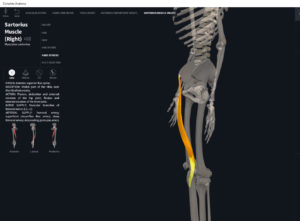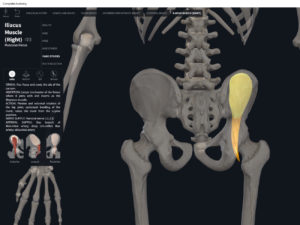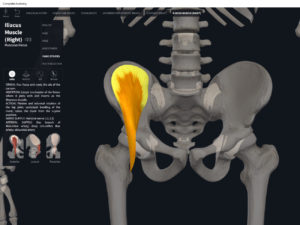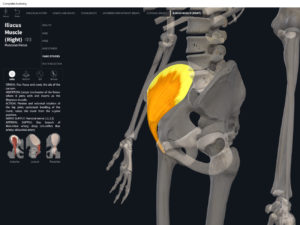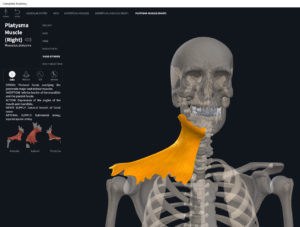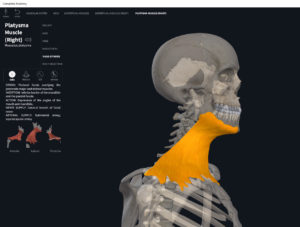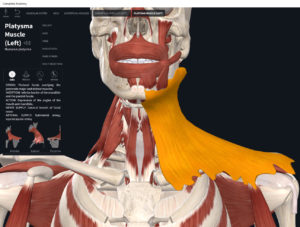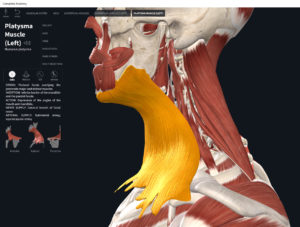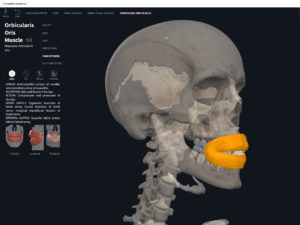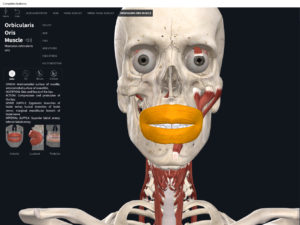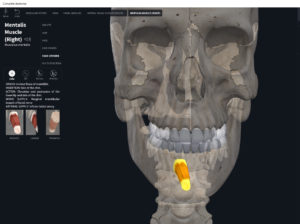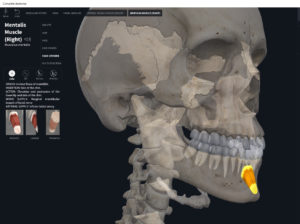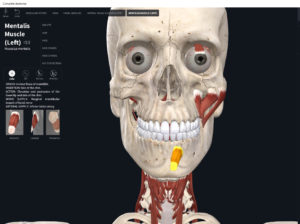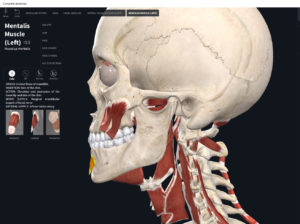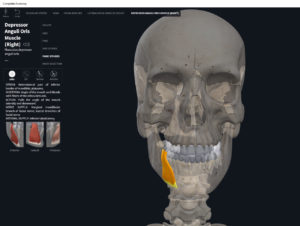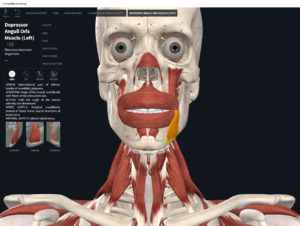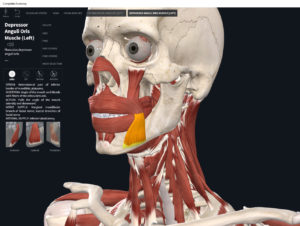Anatomy & Physiology: Muscles—Adductor Longus.
Structure.
- Origin: anterior surface of the inferior pubic ramus of the pelvis.
- Insertion: proximal 1/3 of the linea aspera of the femur.
Function.
- Concentric action: accelerate hip adduction, flexion, and internal rotation.
- Reverse mover action: anterior tilt pelvis, ipsilateral elevation of pelvis, ipsilateral rotation of pelvis.
- Eccentric action: decelerates hip abduction, extension, and external rotation.
- Isometric action: stabilization of the lumbo-pelvic hip complex.
- Innervation: obturator nerve.
- Arterial supply: femoral artery, deep femoral artery, obturator artery.
Clinical Significance.
More.
- https://www.anatomynext.com/adductor-longus/
- https://www.youtube.com/watch?v=7-hpOrlXbY4
- https://www.youtube.com/watch?v=AzdBk57c96g
References
Biel, A. (2015). Trail guide to the body: A hands-on guide to locating muscles, bones and more.
Clark, M., Lucett, S., Sutton, B. G., & National Academy of Sports Medicine. (2014). NASM essentials of corrective exercise training. Burlington, MA: Jones & Bartlett Learning.
Jenkins, G., & Tortora, G. J. (2012). Anatomy and Physiology: From Science to Life, 3rd Edition International Stu. John Wiley & Sons.
Muscolino, J. E. (2017). The muscular system manual: The skeletal muscles of the human body.

